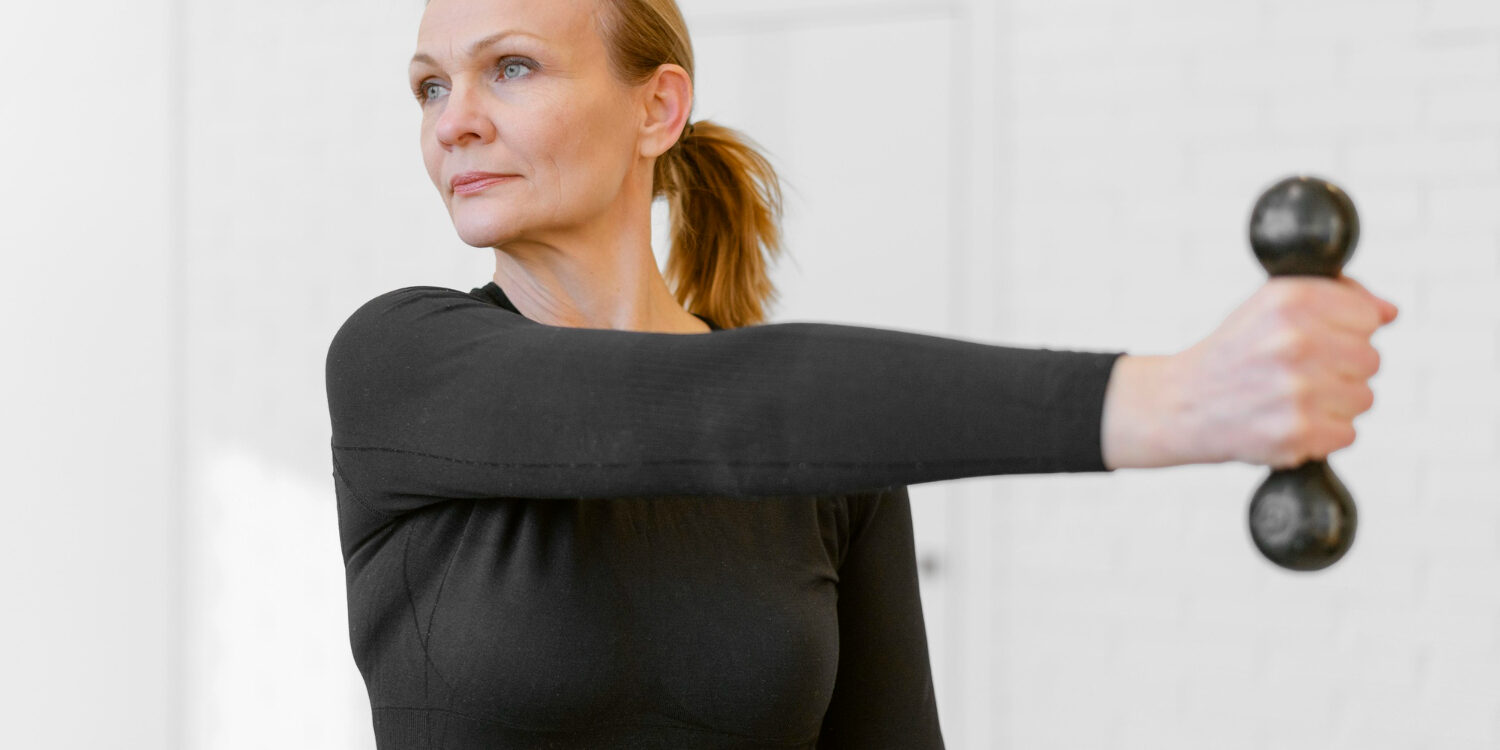Hypermobility is a term used to describe joints that have a greater range of motion than normal. For some, this is a great advantage. Especially in sports such as gymnastics or ballet, where flexibility and agility are key, hypermobility can help. Yet this extra mobility can also bring challenges, such as pain, fatigue and injury. In this blog, we explain what hypermobility is, what causes it, how the physiotherapist can test if you are hypermobile and how physiotherapy can help.
What is hypermobility?
In hypermobility, joints can move further than in most people. This is because the structures that support the joints, such as connective tissue, tendons and ligaments, are weaker or less firm. From research has shown that about 10% to 15% of people are affected by hypermobility and that it is three times more common in women than in men. It is also more common in people of Asian or African descent. Hypermobility is most apparent in children and teenagers, as their joints are naturally more flexible. As people get older, joint flexibility often decreases.
For some sports, hypermobility can be an advantage. In branches such as gymnastics, ballet or rhythmic gymnastics, a large range of motion offers a clear advantage. For people who are not active in these sports, hypermobility can actually lead to pain and instability of the joints, affecting daily life.
Causes of hypermobility
The causes of hypermobility are often genetic. People are usually born with more flexible connective tissue, which is related to the production of collagen, a protein responsible for the firmness of tissues. Hereditary conditions such as the Ehlers-Danlos syndrome can also lead to extreme forms of hypermobility.
How can you test if you are hypermobile?
A commonly used method to test whether you are hypermobile is the Beighton score. This simple test assesses the range of motion of specific joints, such as your knees, elbows and fingers. Physiotherapists often apply this test to determine if hypermobility is present, giving you a point for each movement you can perform beyond normal. Based on your score, the physiotherapist can assess the extent to which hypermobility plays a role in any symptoms and thus suggest targeted treatment.
How can physiotherapy help?
Physiotherapy plays an important role in supporting people with hypermobility. The aim is not only to reduce pain, but also to improve joint stability and control. At FRISKFYSIO, we look at your specific situation and create a treatment plan that suits you. Below are some of the ways we can help:
1. Muscle strengthening and stabilisation
Strengthening the muscles around your joints is essential to improve stability. Through targeted exercises, muscles are trained to better support the joints, reducing overuse and injuries.
2. Posture and movement advice
Many people with hypermobility develop incorrect posture to compensate for instability. We help you become aware of your posture and teach you better movement patterns, which can help reduce pain.
3. Tailor-made exercise programmes
Everyone is different, which is why we draw up an exercise programme specifically tailored to your needs. This may include stability exercises, muscle-strengthening exercises and tips to better manage your hypermobility in everyday life.
Want to know more or make an appointment?
Feel free to take contact with us by calling 085-5000333 or send an e-mail to info@friskfysio.nl. We would love to help you on your way to a life without pain and limitations! With the right guidance, you can find the strength in your flexibility.







